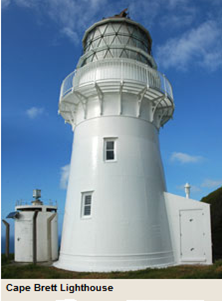Week 6 - People
Abschlussbedingungen
4. Historic Places & Cultural Heritage
 Historic Places
Historic Places
Historic heritage places may have significant aesthetic, archaeological, architectural, cultural, historical, scientific, social, spiritual, technological or traditional value, and be appreciated by the public for their contribution to New Zealand’s heritage environment.
Historic heritage describes the range of place-based heritage. It is defined in the RMA (s2) and includes:
- historic buildings and structures
- archaeological sites
- places of significance to Māori including waahi tapu (sacred places) – these may include: natural features such as trees, springs, rivers or mountains which were associated with historical or cultural activities or events but which have no known physical remains of those activities or events and also includes the surroundings of buildings, sites and places.
When do you need to address cultural heritage?
The following are examples of instances when your activity may affect cultural heritage. If any of the following apply to your activity or development area, you will need to address cultural heritage in your resource consent application.
- If your activity affects a Registered or scheduled historic place, historic area, wähi tapu or wähi tapu area.
- If your activity affects an archaeological site.
- If your activity affects a place of significance to tängata whenua.
- If your development area has been occupied by people for more than 100 years.
- If your development area is located within 2km of the coast.
- If your consent involves any earthworks or ground disturbance.
- If you are applying for a consent to subdivide your property.
How can you help to identify a cultural heritage site or area?
- The New Zealand Historic Places Trust (NZHPT) - for the Register of historic places, historic areas, wähi tapu and wähi tapu areas.
- The AUC - for the Regional Plan: Coastal 2004 schedules of protected and preserved historic and cultural heritage sites.
- District and city councils (territorial authorities) – for Plan schedules of protected cultural heritage resources, related rules and provisions, and whether you require any additional consents.
- Iwi agencies - for taonga and wähi tapu.
- The New Zealand Archaeological Association -for archaeological sites in the Site Record File.
- Other agencies and sources of information include local museums, historical societies and heritage protection authorities (under the RMA).